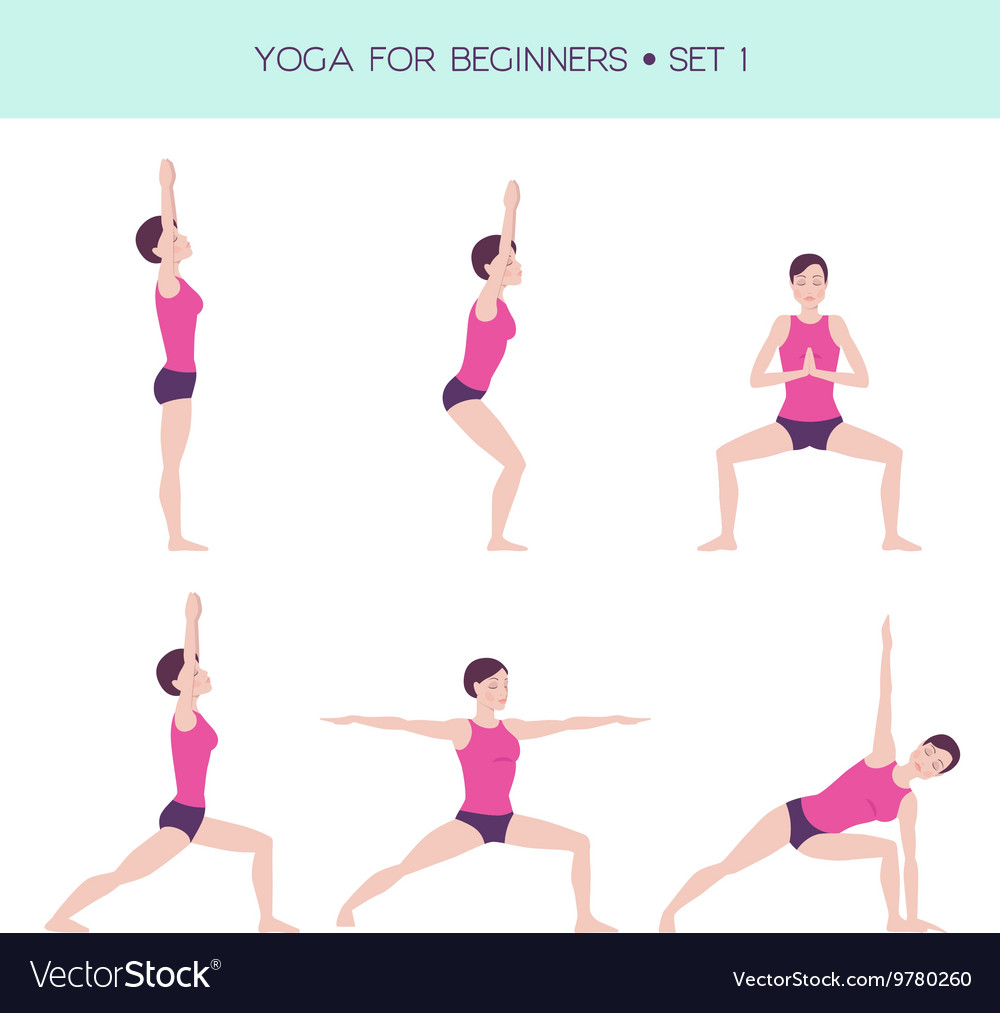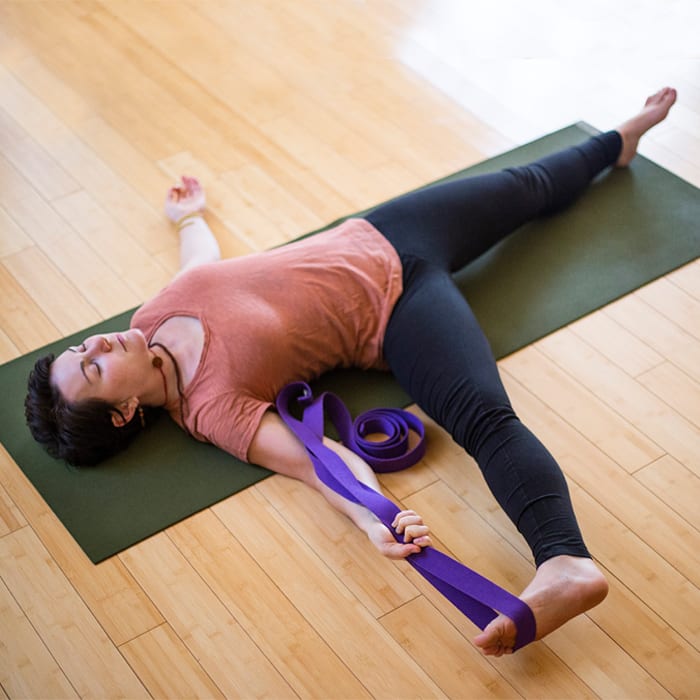
Hot yoga involves extreme heat. It results in heavy sweating. This name means that the practitioner is required to use more of their body heat. Some of these techniques are meant to simulate the conditions encountered by yoga practitioners from India. These are the tips you need to know how to do a particular pose. Learn more about hot yoga. This article will provide information about hot yoga and their benefits.
Hot yoga improves flexibility and strength, while also flushing out toxins. This type of exercise helps you move more efficiently and mindfully. This type of exercise can help you get a better sleep, clear your mind, and allow you to think more clearly. A hot yoga class is a wonderful way to begin your day. Here are the top three benefits of yoga hot. Let's look at each one one by one.
It is essential that you drink plenty of water both before and after yoga. Not only will it keep you hydrated, but it will also support your urinary system. Additionally, water is essential for many other body functions. Drink water two hours before class to avoid dehydration. And don't eat anything before a hot yoga class. While you can have small snacks before a hot class, avoid eating large meals at least two hours prior.

You also get more flexibility from hot yoga. People who have done it frequently find it more enjoyable, and even more effective than the cold. But it is important that you understand the risks. While hot yoga is more risky than regular classes, it can still be a safe exercise. Remember that your body is the most important aspect of your practice. Make sure you practice safely. Keep your breathing deep. It's impossible to do it enough.
A good way to enjoy a hot yoga class is to have lots of water. Many classes are hot, and you need to drink a lot of water to stay hydrated. Once you have hydrated, you can get ready for the workout. No matter whether you are using your hands and feet for poses, your body requires oxygen in order to stay healthy. This means that the more you practice, you will have more energy.
While practicing hot yoga can be challenging, it's also very beneficial for your health. Be aware of your body's needs, and listen to the instructor. It will inform you when you should stop and hydrate. If you're pregnant, you should also avoid doing this type of exercise. The heat can affect the pregnancy. As a result, you should consult a healthcare practitioner before beginning a yoga class. Avoid taking any medication unless your doctor has recommended it.
Hot yoga sounds tempting but it is important to follow the instructions of your teacher. It is important to monitor your body's temperature. Some people feel uncomfortable in hot yoga, while most will feel fine. It's best to keep the room temperature moderate to prevent a heat stroke. If you're not comfortable with the heat, you'll find that it can make you feel uncomfortable.

Hot yoga can help you attain balance. You'll feel stronger and more flexible after the class, but it's important to take a break afterward. You should drink lots of water if you feel dizzy or fatigued after hot yoga classes. It is important to incorporate hot yoga into your daily routine. A different type of hot yoga is available if you feel uncomfortable about the heat.
The main benefit of yoga hot? It burns calories. The artificial heat may not be able to heal injuries but it can improve flexibility which will allow you perform more difficult poses. The heat helps you to relax which is crucial if your goal is to lose weight. Hot yoga can help you lose weight. You will experience less stress and more energy through hot yoga. Hot yoga is great for your body and mind, as well as a great way of getting a great workout.
FAQ
What's a good workout plan for 7 days?
A seven-day exercise plan should include cardiovascular training (running/biking/swimming), strength exercises (using weight machines, free weights) and one flexibility/core program (yoga or Pilates). Each activity should be performed at least once each week. Each session should last no more than 45 minutes.
Cardiovascular Exercise: Running/Biking/Swimming
It is important to complete at least 60 minutes of cardio per week. Aim for 75 minutes per week to get the best results. Cardio exercises can help improve blood flow and stimulate muscle growth.
Strength Training
Cardio exercises work on the heart and lungs. Strength training works on the muscles and bones. Strength training builds lean muscle mass, which helps burn calories even when resting.
Flexibility & Core Workouts
Your whole body will be stronger if you have flexibility and core training. Both yoga and Pilates are excellent options.
What is the best exercise for men over 40 years old?
For older men, the best workout usually gives them more energy and improves their stamina.
It is important you remember that most people aged 40 and over experience a loss in testosterone. This results in lower sex drives.
This doesn't mean that you shouldn't still engage in physical activity. Many studies show that regular aerobic exercise can boost testosterone in some men.
An aerobics routine is a great way to increase your sexual performance.
What's the Best Way to Lose Weight?
Losing weight is easier said than done. Many people give up because they don’t know what else to do.
There are simple steps you can take in order to lose those extra pounds.
First, make sure you eat less calories than you burn. If you consume more calories than what you burn, you will gain weight.
To burn all those calories, you should also start exercising. You can choose from different types of exercises, including jogging, walking, cycling, dancing, etc.
Third, you must stop smoking cigarettes and drinking alcohol. These habits lead to a higher intake of calories than usual.
Fourth, reduce your intake of fatty and processed foods. You can replace them by healthier choices such as fruits, vegetables or lean meats.
Fifth, change your lifestyle. You may have to get up before the rest of the world to exercise.
Sixth, it is important to be disciplined about your diet and follow it.
For those extra calories, you could join a class or go to a gym.
By following these simple tips, you will soon begin to notice results.
Is it true that overeating protein causes kidney stones?
Protein is essential for healthy bones and tissue. However, too much protein can result in calcium excretion through the urine. This can cause kidney stones.
It is important to keep in mind that not everyone will develop kidney stones if they consume more protein than 2 grams per kilogram (2.2lbs). People can eat large amounts of protein and not get kidney stones.
By watching how much sodium you consume, kidney stones can be prevented. Sodium is important for maintaining the body's water balance. A high level of sodium can increase the risk of developing kidney stone.
If you have kidney stones, you can reduce your intake of protein. Protein accounts for about half the daily caloric requirement of most adults. If you cut back on protein, you'll likely lose weight.
If you do decide to eat more protein, don't go overboard. You should aim to consume less than 20% of your total calories from protein.
How often should you exercise per week?
It depends on what type of exercise and how much time are available. It's a good idea to do moderate-intensity aerobic exercises 3 - 5 times per week. It is important not to overdo it. To get the best results from your exercise, it is important to be consistent.
Which exercises are best for me?
It really depends on what kind of fitness goals you have. Some people prefer endurance sports like swimming, cycling, or running. Others love lifting weights or using resistance bars. There are so many different types of exercise programs available today. Find the best option for you.
Statistics
- Are You One of the 20% of Guys (mh.co.za)
- Cardmembers earn 5% Back at Amazon.com with a Prime Credit Card. (amazon.com)
- An estimated calorie range for moderately active adult males falls between 2,200 to 2,800 calories per day, depending on age. (eatright.org)
- Get free shipping and 25% off today. (healthline.com)
- According to the American Academy of Dermatology (AAD), men over 50 are at a heightened risk of developing it. (healthline.com)
External Links
How To
What nutrients does a man need daily?
Men require daily nutrition for healthy growth and development. Your body needs vitamins, minerals and nutrients as well as carbohydrates, proteins, fats, carbohydrate, fiber, and other essential components.
Specific nutrients are also required by the male body at different times during the day. For example, when you sleep, your body uses energy from food to make hormones, antibodies, and enzymes. When you awake, protein is used by your body to build muscles or repair damaged tissue.
Your body stores extra energy as glycogen and breaks down fat at night. Your body still requires sufficient nutrients and calories even though it needs less calories. If you feel hungry, you may consider having a snack during the evening.
Working out requires adequate carbohydrate and protein intake. After a hard workout, muscle soreness may occur.
You must ingest carbs and protein within two hours of training to prevent this. To get energy from glucose, your body will start to degrade stored glycogen.
Additionally, it is important to eat protein right away after your workouts are over. This prevents muscle tissue from being broken down while you are sleeping.
Your body can produce lactic acid during intense physical activity. It is a form of lactic acid that builds up in the bloodstream. This causes fatigue. To avoid this, you should eat foods rich in carbohydrates, such as fruits and vegetables.
Carbohydrates offer your body the energy it needs for recovery from exercise.
Additionally, lean meats, fish and eggs, dairy products, yogurt, cream, cheese, yogurt and beans can be added to your diet.
These foods all contain high-quality proteins. Protein aids in muscle growth and repair of damaged tissues. It provides amino acids that your body needs in order to produce sexhormones and testosterone.
For healthy skin, hair and joints, it is important to eat enough fats. Healthy men need between 20% - 35% of the total caloric intake to be fat.
Fat protects your heart from cancer and keeps it strong. It also keeps your brain functioning properly.
You can get the majority of the fats that you need from vegetable oils such as soybean oil.
These oils are high in monounsaturated fatty acids (MUFAs). MUFAs reduce cholesterol and inflammation. They protect your cells against free radical damage.
Saturated fats (SFAs) are found mostly in animal products like meat, dairy products, and butter. SFAs are known to raise LDL ("bad") cholesterol and raise triglycerides. They can also increase weight and reduce belly fat.
Polyunsaturated fats (PUFAs) are found in plant-based sources like vegetable oils, nuts, seeds, and grains. PUFAs improve cardiovascular function and decrease inflammation. They can also control blood sugar levels and cholesterol.
Low HDL ("good") cholesterol is a common cause of erectile dysfunction in men. Saturated fats are a major source of bad cholesterol. This lowers good cholesterol.
Men who eat large quantities of red meats or pork may develop prostate problems. High temperatures can cause nitrates to become nitrosamines. These compounds can cause lung cancer.
Most processed meats have nitrites and harmful chemicals. These chemicals should be avoided.
The American Heart Association suggests that no more than two servings per week of red meat should be consumed. Instead, choose poultry or fish, beans, tofu and whole grain bread.